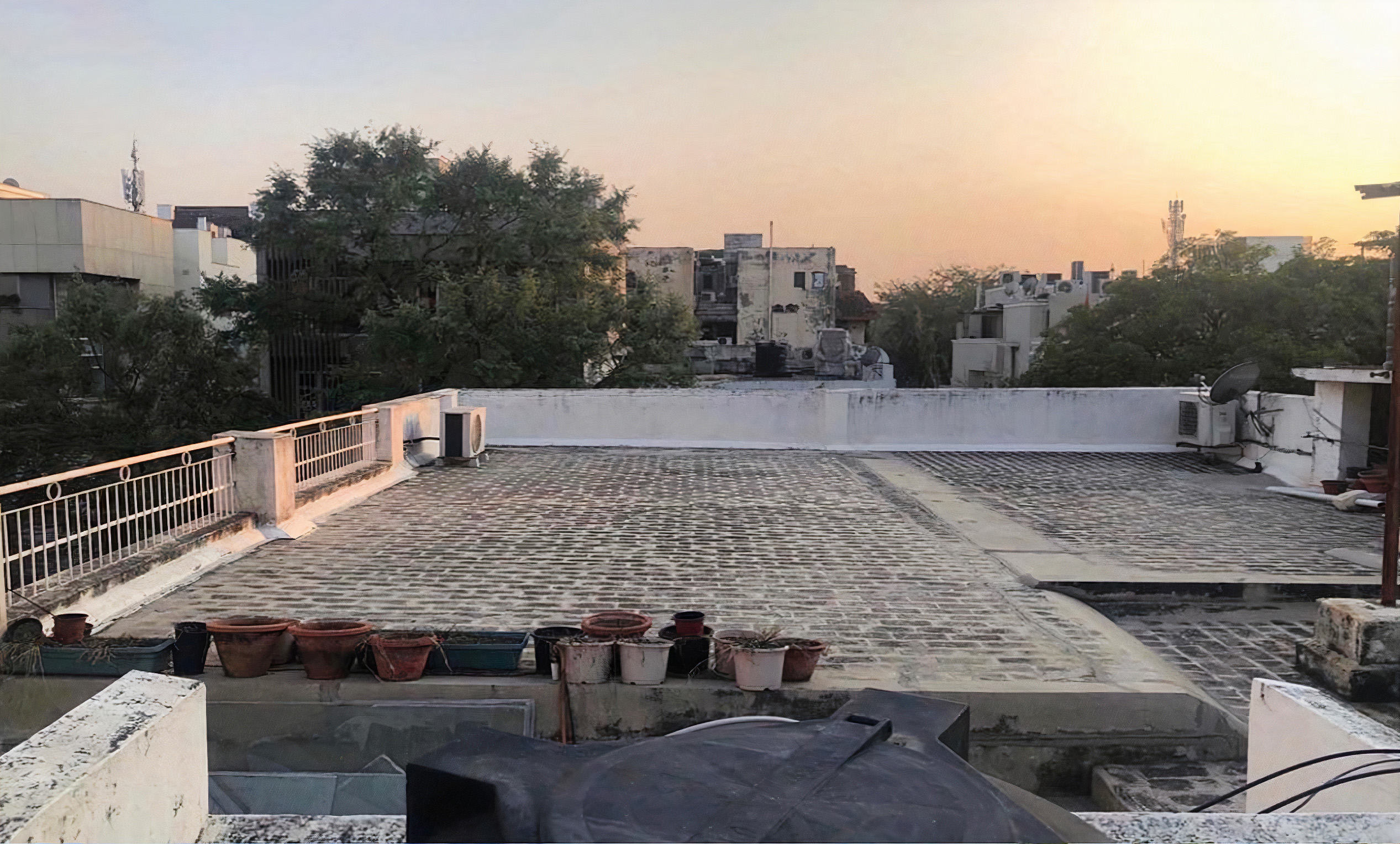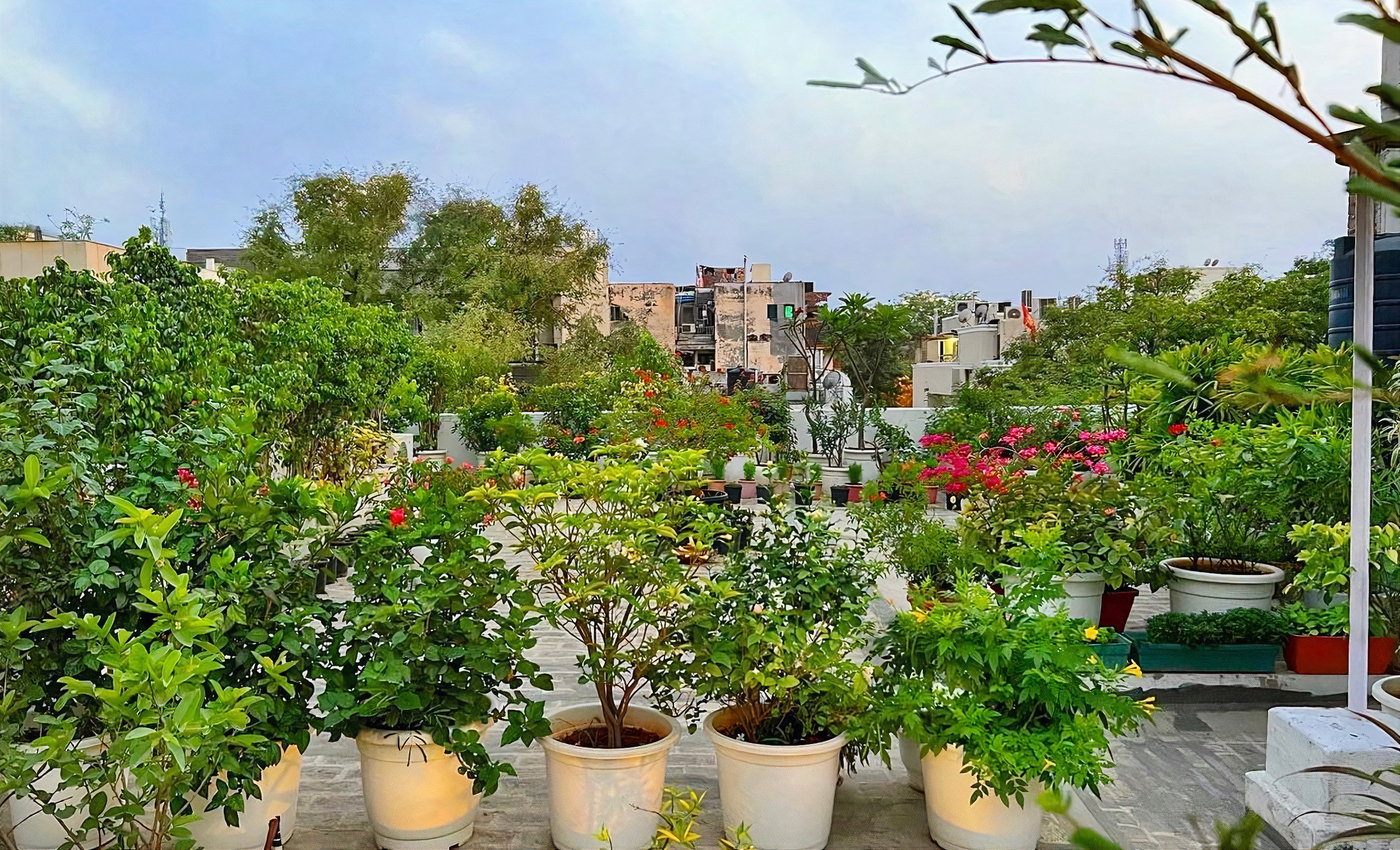A Path To Youth Climate Activism in New Delhi
December 8, 2023
Aman Sharma is a climate activist, wildlife photographer, and conservationist from New Delhi, India. He is also a current undergraduate student at the University of Pennsylvania (C ‘26) and was a Public Research Intern with PPEH’s My Climate Story project. (2022-23) .
Aman uses photography as a tool to engage others to protect the natural beauty that is all around us, even in perhaps unlikely places. In this Field Note, he shares his path to discovering how to use his unique perspective and talents to advance the fight against the climate crisis.
He has previously shared his perspective on climate activism at several events including the My Climate Story Storytelling Festival at WHYY and Climate and Democracy - Youth-Driven Climate Action which is available to watch online. You can also view more of his photographs on Instagram by following @birds_of_india_
Words and Photographs by Aman Sharma
I think anyone born into an environment that is day by day chipping away their life expectancy is forced to become an activist. Seeing lockdowns imposed year after year in Delhi as PM (Particulate Matter) levels reached 1000, I was forced to be an activist. Seeing the birds and wildlife vanishing while the worst chemicals were being released into their homes and rivers, I was forced to be an activist. Sadly, deadly air levels don’t shock people in Delhi anymore, because we have become used to it. And this all happened right beneath our noses, to the point where we have normalized pollution and breathing deadly air. To me, the state of New Delhi’s air is a tragedy. And I live there and I will continue to do so, because I love my home. But that doesn’t change the reality: slowly and steadily my home is killing me.
Delhi residents face a reduction of life expectancy by 11.9 years. Let that sink in – 11.9 years. I have never smoked before, but in January 2022, just being in Delhi was equal to smoking 33 cigarettes a day. Delhi will never be the same. The taste of the water will never be the same. The smell of the air will never be the same. The sky’s color will never be the same. My body, my blood, my lungs will never be the same. 1000 PM levels, repeatedly, every single year, is an emergency. It is scary. It is dystopian. And it should alarm you.
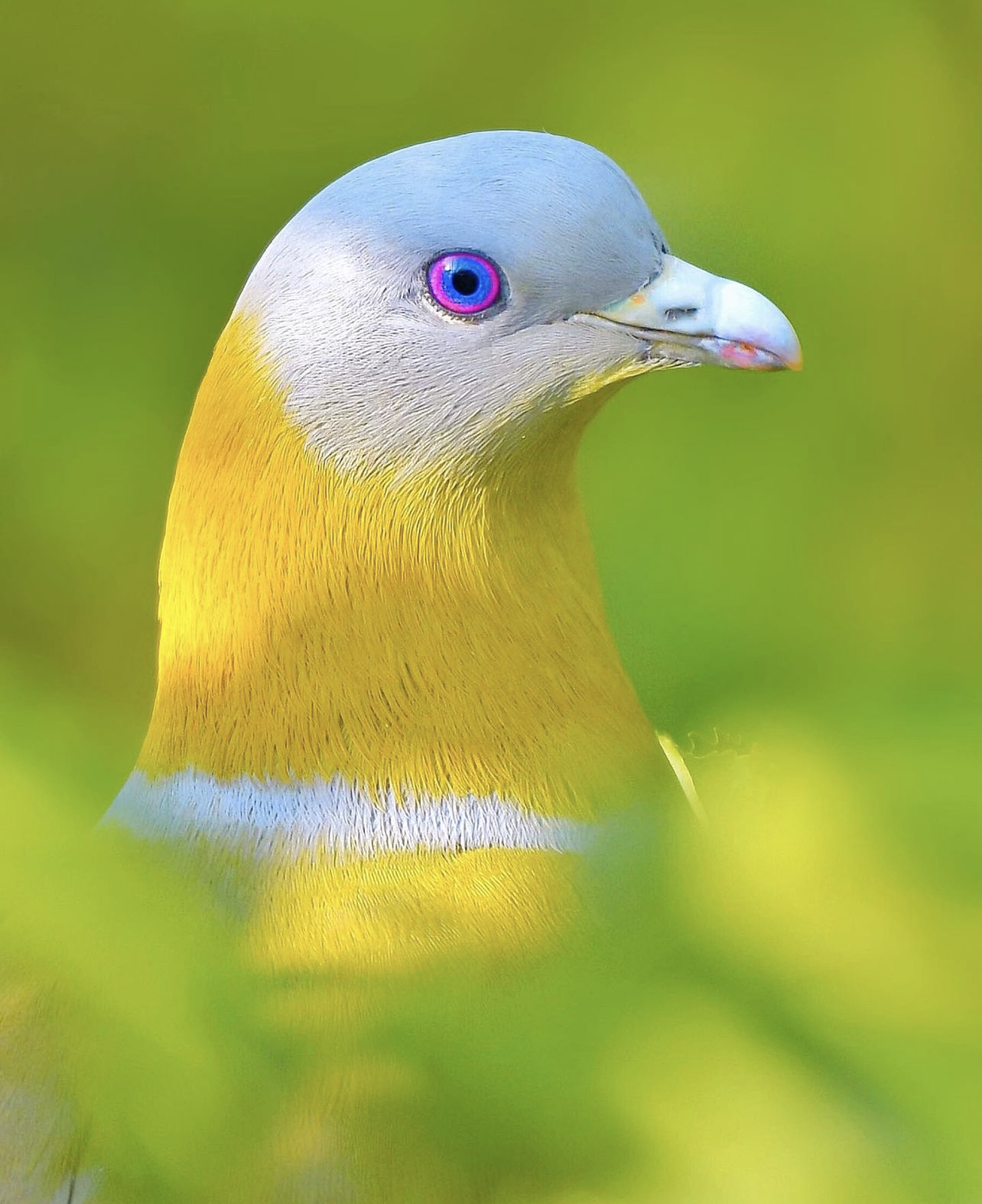
Yellow Footed Green Pigeon.

Ultramarine Flycatcher.
India is more than just disasters or shortcomings it has inherited after colonization ended. India is a land with rich biodiversity, with an extremely varied topography spanning jungles, mangroves, rainforests and wetlands, and it is host to more than 2000 species of birds. Everyone across the world has heard that Delhi is the most polluted city in the world. But what you won’t hear is that Delhi is also the second most bird populous city in the world, with more than 500 bird species. I remember my childhood vividly – the mulberry tree that shrouded my house, the little hawk that visited my porch, the jackal that scoured my backyard. Visuals of the earth come back – climbing mango trees barefoot, running after butterflies in roadside meadows, waking up to bird calls that overpowered the adjoining car horns. Surrounded by this richness, my childhood instilled in me an intrinsic love for nature.
The more I fell in love with Delhi’s vibrant urban nature, the more it broke my heart to see that we were slowly killing the ecosystems that had sustained us for so long, and with them, we humans were killing the communities that had protected them. Historically the Indian ethos had always been about deeply respecting our environment and even considering it sacred. I knew I had to do something. But what? What could a 14 year old do to protect the species around him? I wasn’t in a position of power, I had no authority, and I didn’t even believe that I had the ability to influence real change. Nonetheless, I picked up my mom’s old camera and began to take photographs of the birds that visit my own balcony at home so I could educate my friends.
One morning turned into many mornings, turned into every day of birdwatching. Every day before school I would wake up at 6 a.m. to photograph the birds that visited my neighborhood. I decided to use my photography–this art form that showed you my perspective–to create wider awareness about wildlife. I began to travel across India and photograph its biodiversity, I spent my weekends chasing tigers in central India, releasing baby turtles in the South, or collecting purple wildflowers in the steep valleys near the India-Nepal border.
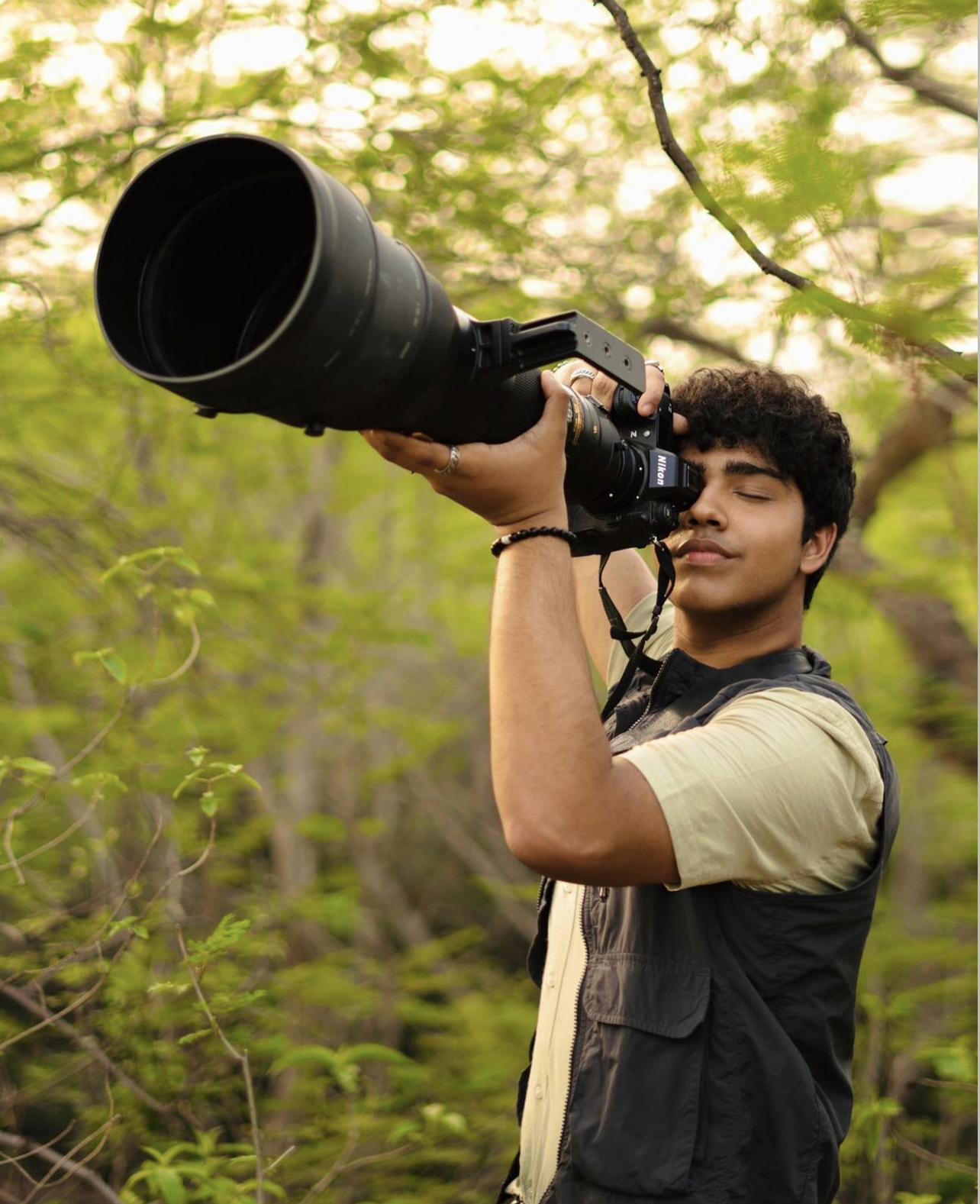
Aman uses photography as a tool to engage others to protect the natural beauty that is all around us, even in perhaps unlikely places.
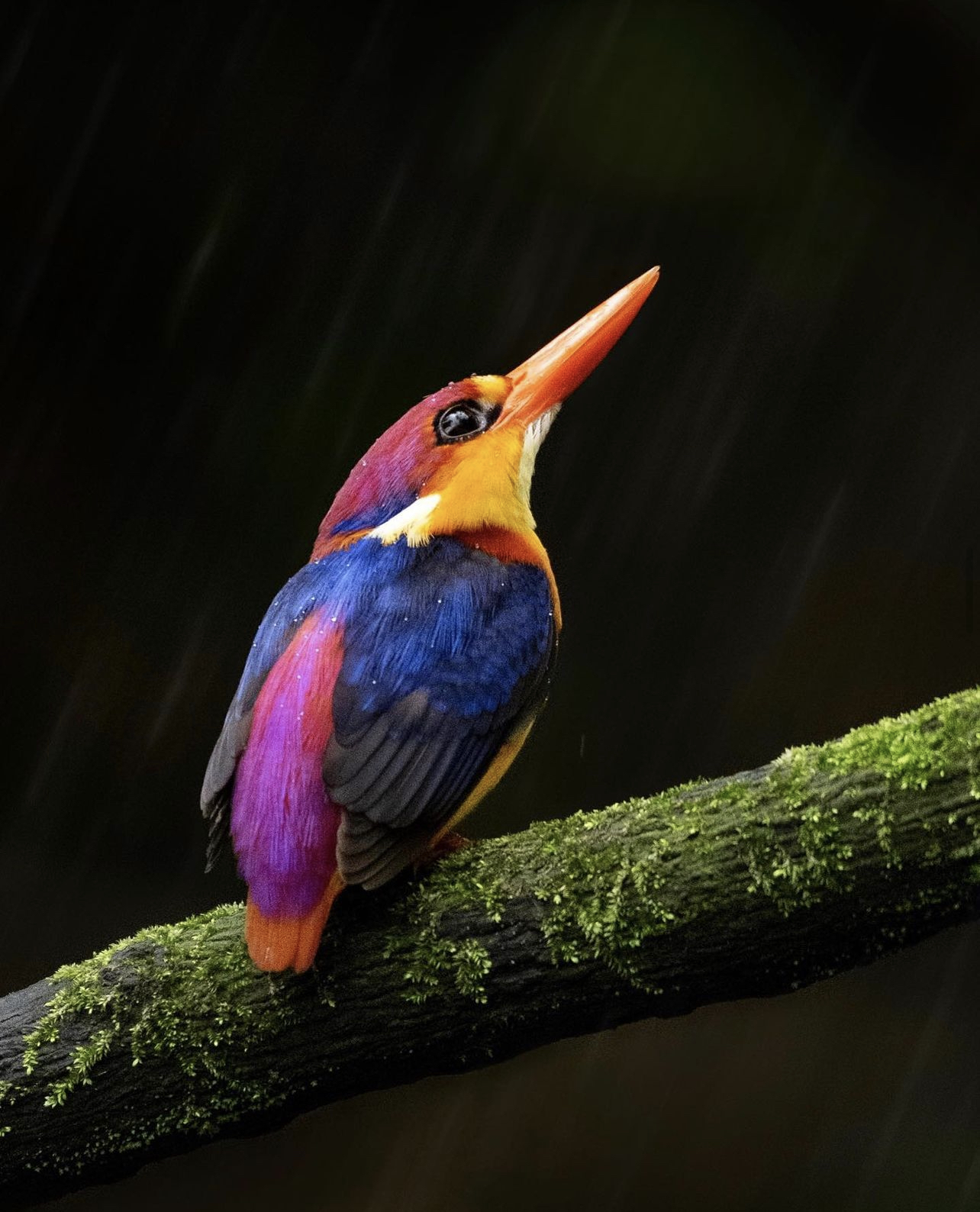
India is host to more than 2000 species of birds including this Oriental Dwarf Kingfisher.
In 2020, the COVID-19 pandemic lockdown hit, and all my adventures came to a halt. But again, I wasn’t going to sit idle–nature still needed some help. I decided if I couldn’t go to the jungle, I was going to make the jungle come to me, and so I turned my terrace into a mini urban jungle, with more than 500 plants. Soon, more birds started to come to my own home. Next, the butterflies and bees arrived, followed by owls and civet cats who made it their terrain after dark. The air was cleaner, and soon we started finding plants growing on the roof that we had not in fact planted: cucumber, strawberry, flower vines.An entire ecosystem had been created, and a mini habitat had grown into existence above my very own house. I started posting my photography online, and a community of like-minded nature lovers and advocates started forming around me, supporting me and also doing incredible work of their own at young ages, growing to 650,000 followers. That’s when I realized, I could use my voice not only to stand up for what I believe in, but also to influence people and public opinion.
When people tell you you’re too young to make a difference, it's because that’s what they want you to believe. If they succeed in making you feel small, they’ve won. Because that benefits them – they get to stay in power and reinforce the same systems that got us into this mess. But as civil rights legend John Lewis said: “If not us, then who will? If not now, then when?”
I know we can feel hopeless at times, just like I did when I felt that I was too young to create an impact. Yet, I did all I thought I could to contribute to environmental action using my talent of photography and communication, and hopefully it made a difference somewhere. So pick up that notepad or camera, use the gifts you have, and go out there and share them with the world. For our planet, and for our people!◆

